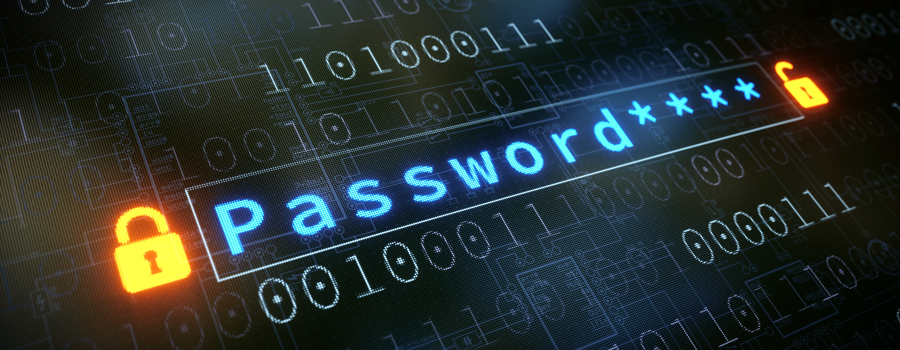
What do “123456”, “password”, and “qwerty” have in common? If you answered with, “they are all passwords I use”, then it is time to make some changes. Because in fact, these three phrases were among the most popular passwords of 2014! It is very important that you follow a certain set of guidelines when creating passwords. Your passwords are used to protect your personal information, keeping your identity, business, and personal life safe and secure. For better password management, follow these 5 tips.
1. Use Different Passwords for Each Account
By using the same password for all of your accounts, you are at a much greater risk of exposing all of your important data. If a hacker is able to guess your password for one account, the next thing they will do is try that same password across all accounts. Make sure that you are using unique passwords across important accounts. If you have a hard time remembering all of the different passwords, then invest in a password management app. Such apps store all of your passwords and all you have to do is memorize one.
2. Change Your Passwords Monthly
Maintaining hard-to-crack passwords is all about keeping things fresh and staying ahead of the hackers. You can do this by resetting your passwords on a monthly basis. Make sure that when you change your passwords they are substantially different than before and avoid re-using a past password for one year.
3. Avoid Entering Passwords When Using Unsecured Wi-Fi Connections
You may come across unsecured Wi-Fi connections at places like the airport or a café. When using unsecured Wi-Fi connections, hackers can easily intercept your passwords or data. If you must do work while at the airport, access a secure, password-protected Wi-Fi connection. If you cannot get access to a secure connection, you better avoid completing any transactions or entering any passwords for the time being.
4. Utilize Multi-Factor Authentication
Multi-factor authentication is a newer, optional form of security used by many services. This process is used to verify your identity if someone logs onto your account from an unrecognized device. According to ConnectSafely, the “typical method is to send a text or other type of message to a mobile device registered to you with a code you need to type in to verity it’s really you. “ If you’re looking for that extra measure of security, we highly recommend implementing multi-factor authentication.
5. Include Numbers, Capital Letters, and Symbols
Creating passwords that are single words, children’s names or birthdates pose serious risks when it comes to hackers. These types of passwords are predictable and can be found through a quick Google search or by checking your social accounts. Instead, keep things easy to remember but hard to guess with a mix of numbers, symbols, and capital letters that mean something to you. While “IgfUIi2013!” means nothing to you, to me it means “I graduated from University of Iowa in 2013!” Take a phrase or a meaningful string of letters, numbers and symbols and create your perfect password.
For more password management tips, contact Informatics.
